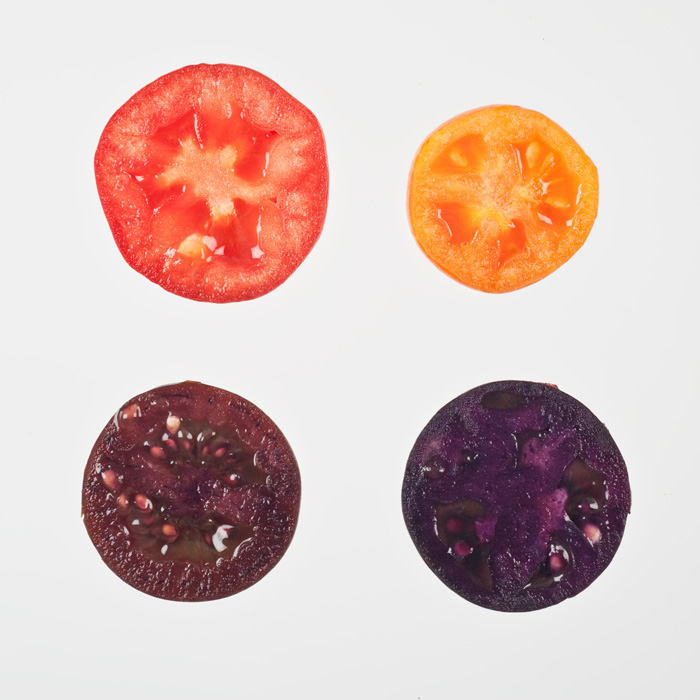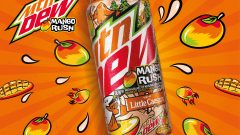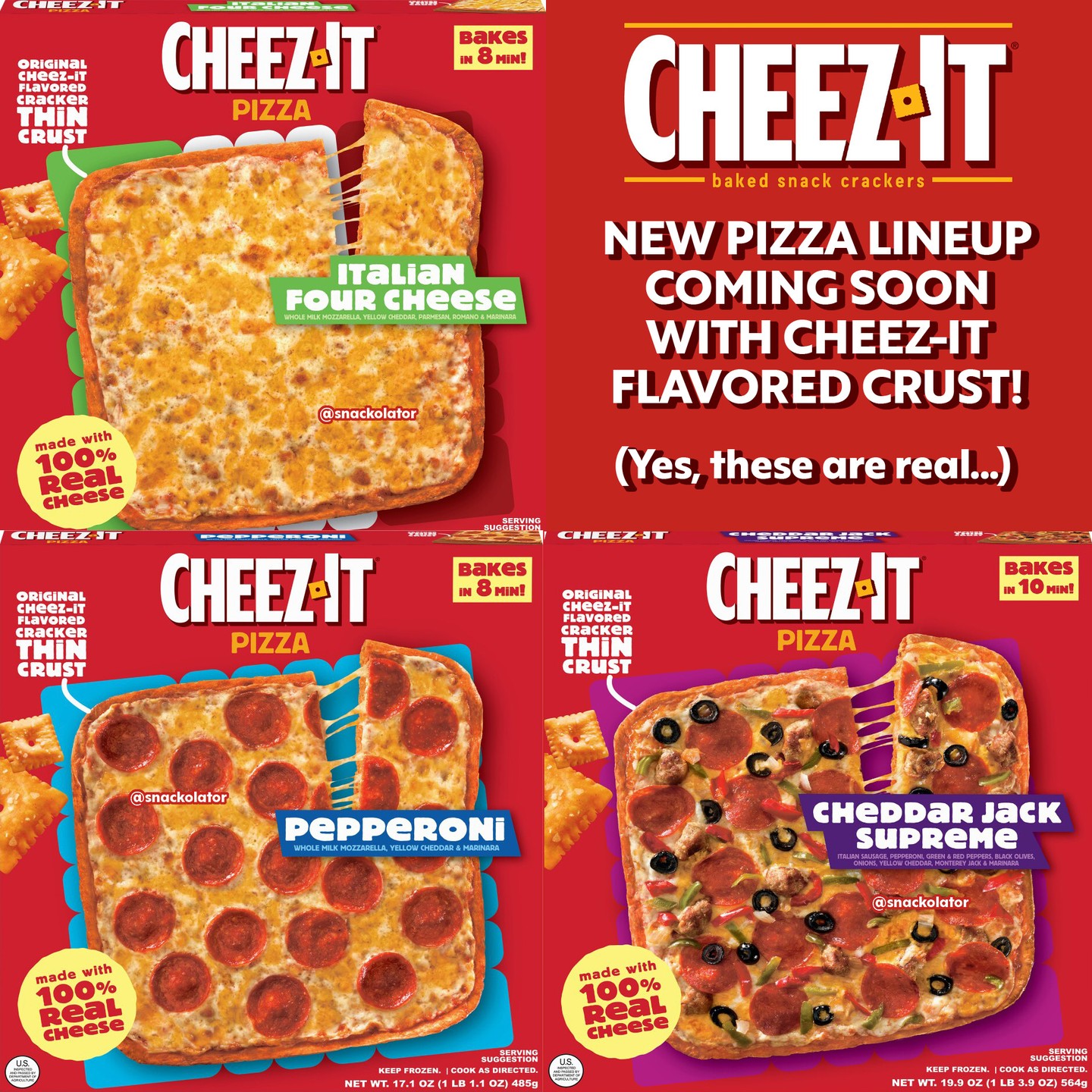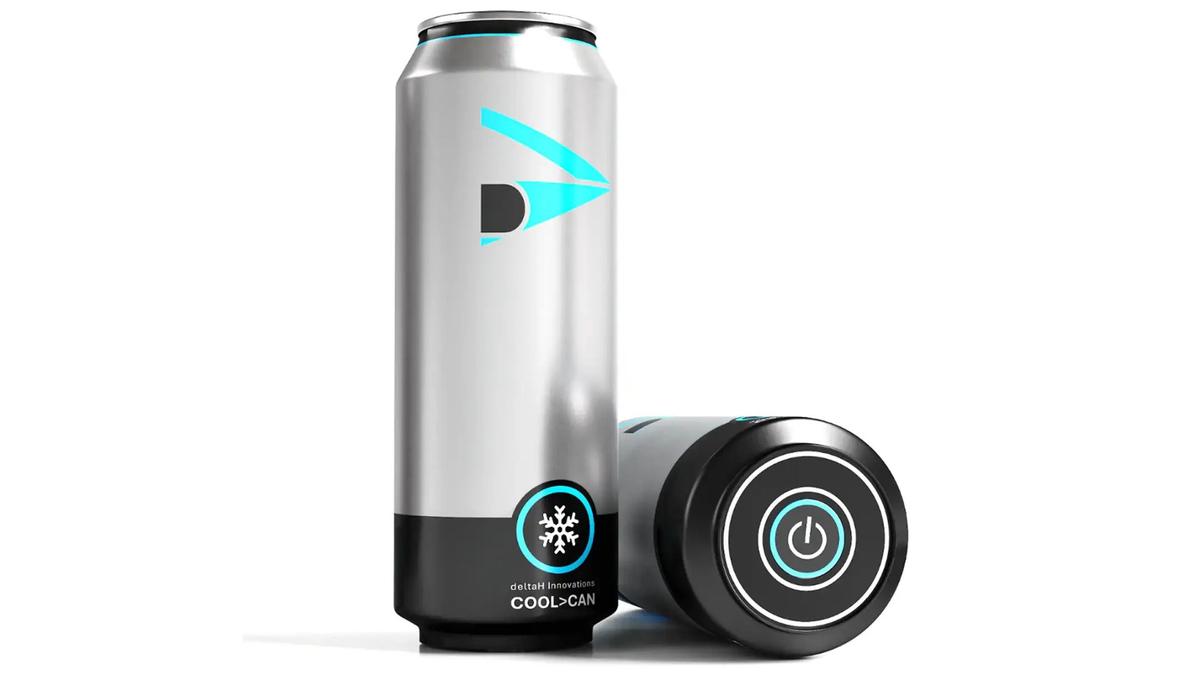Genetically Modified Purple Tomatoes May Be Hitting Local Grocery Stores Next Year

The USDA has recently approved the addition of purple tomatoes to their list of genetically modified foods. Apparently, despite the unique color, it retains the same taste, smell and general look of a tomato.
A September 7 news release assured, “from a plant pest risk perspective, this plant may be safely grown and used in breeding.”
The new variety not only dons a new purple hue, but has additional health benefits and a longer shelf life than red tomatoes. With the USDA’s approval, it is now a step closer to widespread distribution.
According to CNN.com, a team of scientists which includes British biochemist Cathie Martin, who is a professor at the University of East Anglia and project leader at the John Innes Centre in Norwich, English are behind its development.

With 20 years of experience working on pigment production in flowers, Martin shared, “I wanted to start projects where we could look and see whether there were health benefits for this particular group of pigments.”
Martin’s hope was to “increase the antioxidant capacity” of tomatoes through the use of anthocyanins, which give produce like eggplants, purple cauliflower and blueberries their eye-catching blueish-purple hues. To accomplish the vibrant purple hue, the team of scientists used transcription factors from snapdragon flowers.
In a 2008 article published in Nature Biotechnology, Martin shared the results of their study, which revealed that cancer-prone mice that ate the purple tomatoes lived around 30% longer than those that consumed normal tomatoes.
Martin underscores that there are “many explanations” to why anthocyanin-rich tomatoes have additional health benefits. “It’s not like a drug, where there’s a single target. It’s about them having antioxidant capacity. It also may influence the composition of the microbiome, so it’s better able to deal with digestion of other nutrients.”

Continuing her purple pursuit, in 2013, Martin and colleagues released their findings that purple tomatoes had double the shelf life of red ones.
The same year she would launch Norfolk Plant Sciences in hopes of bringing the purple tomatoes to a commercial market. Nathan Pumplin, the CEO of the company told CNN that the unique purple color “strikes a cord with people in this very basic way. It takes no imagination to see that it’s different. It really allows people to make a choice.”
In order to achieve their next goals, which are FDA approval and commercialization, Pumplin says “We need to breed excellent, delicious purple tomatoes. We need to work with producers to produce them and distribute them.”
Next year, Norfolk Plant Sciences plan to launch limited test markets to identify consumer interest. For more information on the purple tomatoes road to market read here.






















